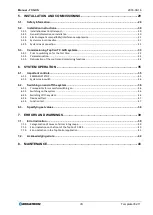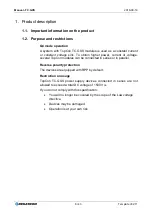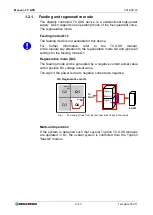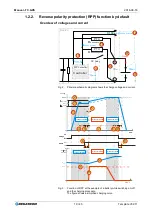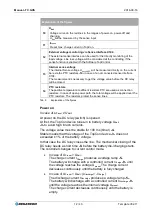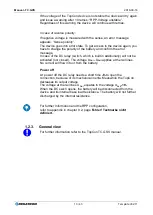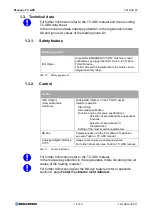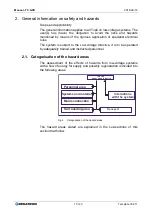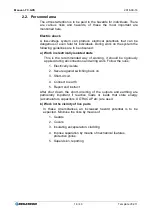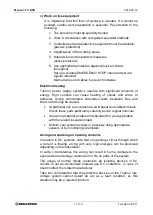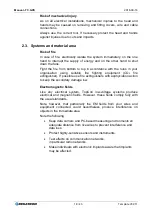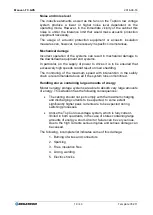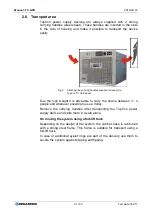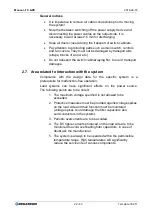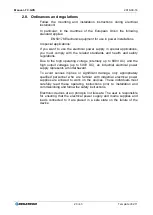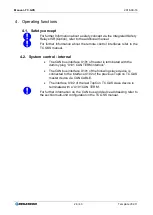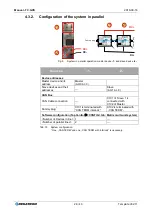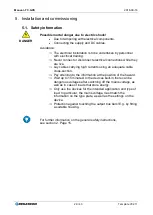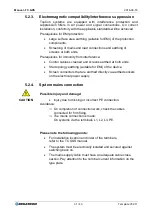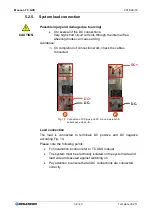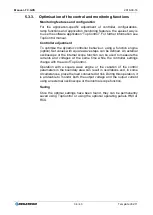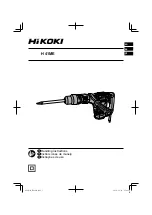
Manual –TC.GXS
2016-09-16
20 / 43
Template V02.11
Note the following points:
1. Never short-circuit energy stores to discharge them!
Always use a suitable discharge resistor of appropriate power
rating!
2. Visibly secure a discharged energy store using a short-circuit
bridge.
3. Always monitor the maximum storage voltage, also during
practical test operation.
4. Use a device that clearly indicates the charge state of the
energy store, e.g. by monitoring the low-voltage limit.
2.4. Mains connection area
TopCon power supply devices are operated with 400V / 480V 3~ AC.
When they are switched on there may be an uneven load on the 3
phases; this uneven load may cause older residual current circuit
breakers to trip.
Here a modern make of residual current circuit breaker is to be used
that will tolerate such asymmetries during the switch-on process.
2.5. Surrounding area
TopCon power supply devices are generally forced-air cooled. Despite
the very high efficiency, a power loss occurs in the components that
must be dissipated in the form of heat to the surroundings. The energy
is dissipated with the aid of forced ventilation to the rear of the TopCon
device.
It is to be ensured that the rooms in which TopCon power supply
devices operate are cool so that the heat produced can actually be
removed.
•
Active cooling is, however, generally unnecessary.
•
The forced ventilation discharges air from the rear of the TopCon
power supply device.
It is to be ensured that there are no undesirable effects (e.g. stirring up
of dust or sand, deformation due to the action of heat etc.) due to the
flow of air and the heat, which at high load may be powerful.
On TopCon models with a water cooling option, a large portion of the
power loss produced is dissipated via the cooling circuit.
Here it is to be ensured the coolant feed is not too warm.


